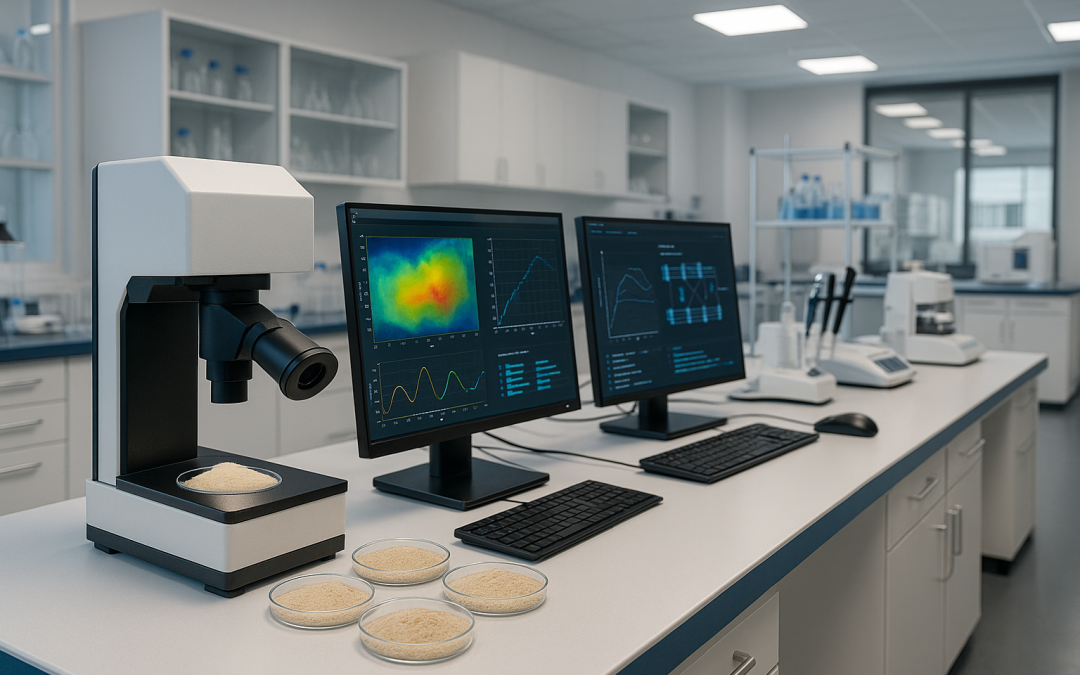Zia, A., Husnain, M., Buck, S., Richetti, J., Hulm, E., Ral, J.-P., Rolland, V., & Sirault, X. (2025). Unlocking chickpea flour potential: AI-powered prediction for quality assessment and compositional characterisation. Current Research in Food Science, 10, 101030. https://doi.org/10.1016/j.crfs.2025.101030
Chickpea flour is gaining importance in plant-based diets due to its nutritional and environmental benefits. However, compositional variability—driven by genetics, environment, and processing—makes quality control difficult. This study investigates how near-infrared (NIR) spectroscopy combined with deep learning can address these challenges.
A dataset of 136 chickpea varieties was analyzed using NIR spectroscopy. Several deep learning models were tested for their predictive power, including Convolutional Neural Networks (CNNs), Vision Transformers (ViTs), and Graph Convolutional Networks (GCNs). CNN emerged as the most effective and was compared to traditional Partial Least Squares Regression (PLSR).
CNN models outperformed PLSR in predicting key flour attributes such as protein, starch, sugars, fiber, lipids, and moisture. Despite the dataset’s size limitations, AI-enhanced NIR proved to be a rapid, reliable, and non-destructive method for quality assessment. These results suggest strong industrial potential for deep learning in food analysis, paving the way for more consistent, high-quality plant-based products.
Prompted by SmartControl, Powered by ChatGPT Plus

